Post written by Lesley Brooks, Carla Fotherby, and LeEtta Schmidt
This is the first in a four part series introducing USF digital collections for environmental and natural sciences.
USF Libraries’ vision is to be at the center of a highly engaged university community, driven to produce high-impact research and to nourish creativity. Part of this vision is to create and assist researchers and scholars in creating new knowledge and collections that further environmental and natural sciences research. The Florida Environmental Interface is one way that the USF Libraries plan on improving access to research and historical collections related to the environments and unique wildlife of Florida.
The Florida Environmental Interface incorporates years of work, curating impactful collections in USF Libraries Digital Collections. In this post, we will be reviewing the previously curated research and data collections that provide information on various aspects of natural history either unique to Florida or related to other marine or sub-tropical ecosystems.
Check out the other posts in this series:
Research & Data Collections
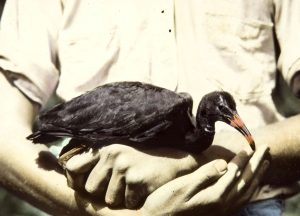
Audubon Florida Tavernier Research Papers
The images in this collection were donated by the Audubon Everglades Science Center, and reflect the focus of Audubon’s work in research and conservation efforts both to wildlife and to the habitat that supports the wildlife. The varied images, including hammocks, rookeries, birds, etc., come from decades of research and are a testament to the interconnectedness of bird population health and human interaction with the environment.
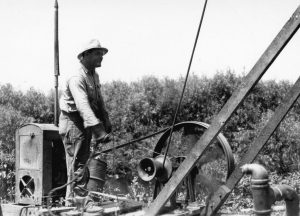
Dr. Garald Gordon Parker Collection:
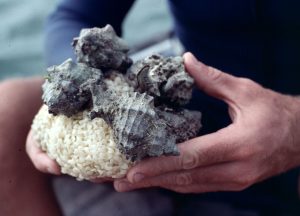
Dr. John Ogden Florida and Caribbean Reef Collection
This collection consists of over 30 years of data from USF marine science professor, Dr. John Ogden’s research excursions throughout the Caribbean. Dr. Ogden’s extensive fieldwork documents changes in coral reef condition and the flora and fauna that depend on this fragile underwater ecosystem. The content includes field diaries and notes, illustrations, maps, charts, and photographs of reef, seagrass and mangrove habitats that support a wide range of marine species.
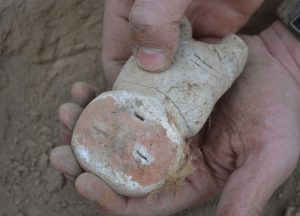
This work features information documenting the 2014 and 2015 excavations at Huaca Soto (PV57-26), . Huaca Soto is an archaeological site located in southern Peru’s Chincha Valley. The work was initiated by the Programa Arqueológica Chincha (PACH). PACH was created by Drs. Charles Stanish and Henry Tantaleán to gain insight into the evolution of Paracas communities in the Chincha Valley.
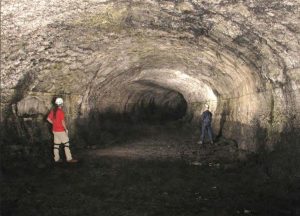
What is Karst? Globally, more than a billion people depend on karst terrains for their water supplies. These environments host great biodiversity that is poorly understood and contains rare and endangered species. The Karst Information Portal is an open-access digital library linking scientists, managers, and explorers to quality information resources in order to inform research, to enhance collaboration, and to address policy decisions concerning karst environments.
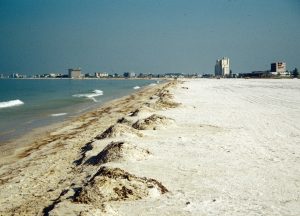
Richard A Davis, Jr. Collection of Coastal and Geologic Illustrations
Taken by Dr. Richard A. Davis, this collection of slides depicts the impact of oil spills on the coastal regions of Florida. Dr. Davis is an Emeritus Distinguished Research Professor of Coastal Geology and Sedimentology at the Department of Geology, University of South Florida (USF), and a member of the USF’s Coastal Research Laboratory.
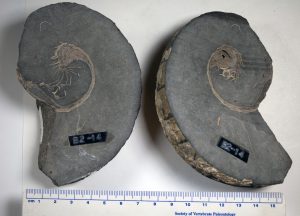
The USF Paleontology collection consists of images of paleontological specimens collected by the USF School of Geosciences. The collection was digitally photographed by a team led by Visiting Assistant Professor Dr. Brian Andres.

Volcanic Lightning Research Data
This collection contains the multi-parametric dataset collected at Sakurajima Volcano in 2015 by Dr. Cassandra Smith and the USF Seismic Lab and includes field images, volcanic ash data, seismic and infrasound signals, FLIR video, continuous low light camera video, and located lightning mapping array data.